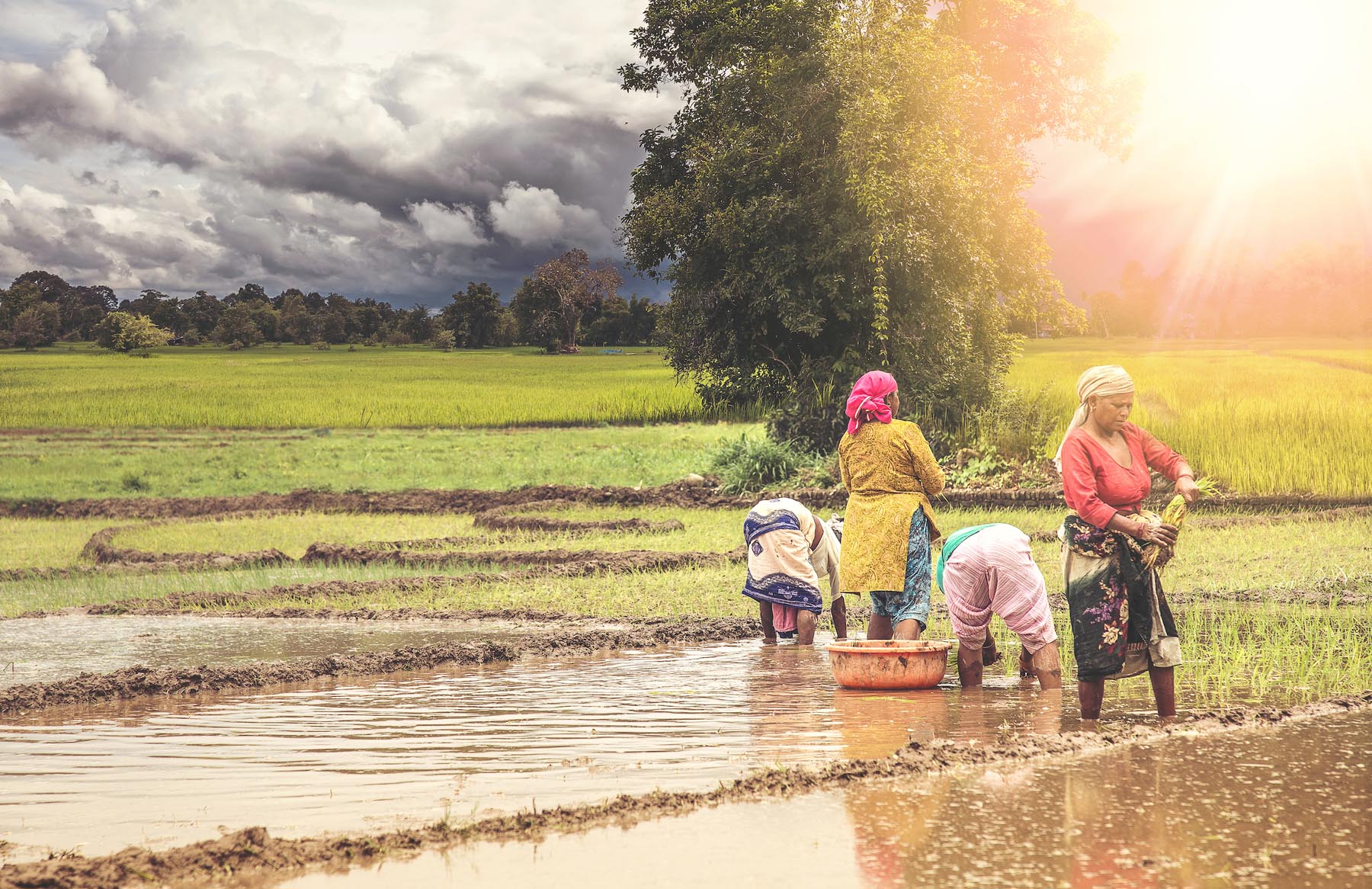Reemerging input subsidy program (ISPs) have sparked a highly contentious debate in Africa. ISPs are government programs that provide items such as seed and fertilizer to farmers at a steep discount. Ten years ago, few countries in Africa had subsidy programs; now, African governments spend an estimated $2 billion annually—an average of 30 percent of their agriculture budgets—on these programs. But are these governments getting the biggest bang for their buck? Are there smarter ways to help farmers use these inputs more efficiently, and allow governments to fund other important programs that help increase productivity and reduce poverty?
An IFPRI panel discussion last week dove into the fertilizer subsidy debate, discussing recent empirical evidence on the impact of the subsidy programs in Africa. The event presented results of a collaborative effort between IFPRI and Michigan State University (MSU) that examined the effectiveness of ISPs and provided research-based evidence to the political discourse in Africa. The discussion followed a two-day workshop that brought together experts to present country-level analysis on ISPs in Ethiopia, Kenya, Malawi, Nigeria, Uganda, and Zambia.
Thom Jayne, MSU professor of agricultural economics, said at the event: “Input subsidy programs went from bust in the early 2000s to boom in 2013.” Introduced by donors in the early 1970s, the objective of subsidies was to help smallholder farmers invest in new technology and, ultimately, increase production. They were largely eliminated in the 1980s and early 1990s under structural adjustment programs but emerged bigger than ever in the mid-2000s, as debt forgiveness freed up developing country budgets, donors made loans less restrictive, and—most significantly—subsidies became a useful political tool. “Spending a large share of the agriculture budget on ISPs may not be the most effective way to promote the welfare of its citizens, but it is a highly demonstrable way to do so,” says Jayne.
Unfortunately, little evidence exists to support high spending on subsidies, and it crowds out funding for other important initiatives, such as research and development, extension services, and rural infrastructure. Given the political nature of these programs, however, the event participants agreed that ISPs are here to stay. The key, they argued, lies in a more balanced development approach.
“Even if you can perfect input subsides, there must be a balance in public investment,” Derek Byerlee, former senior advisor at the World Bank, explained. “If governments are spending .5 percent on R&D [research and development] and 30 percent on subsidies, they need to reallocate their budget.”
One way to improve subsidies, the researchers found, is to invest in complementary sectors. For example, in the early years of the Green Revolution, Asian countries spent more on developing rural infrastructure, agricultural extension, and social safety nets programs than on input subsidies. The result? “Investment in infrastructure helped transaction costs decline substantially, farmers adopted new technology rapidly, and safety net programs protected the poor and vulnerable,” said Shahidur Rashid, IFPRI senior research fellow. Simeon Ehui, manager of the World Bank’s Agriculture and Rural Development sector in the South Asia Region, added that African governments can learn from others’ mistakes, such as program design flaws that result in bigger benefits for large farmers and leave out smallholders. Another issue—farmers becoming dependent on subsidies and refusing to adopt needed inputs without them— is “still a problem now” in India, according to Ehui.
To encourage policymakers to rethink subsidies, Ehui suggested changing the policy conversation. “We must advocate and provide the numbers to quantify the dramatic impact of subsidies,” Ehui said. “It’s a big deal to spend so much money—that could be invested elsewhere—without taming food inflation or promoting growth.” The speakers agreed that articulating the right messages to policymakers is key. However, these messages must be communicated carefully, with research-based evidence. “How can we communicate these messages in a non-defensive way?” Jayne asked the audience—a well-timed question given that African governments plan on scaling up their subsidy programs.
*Researchers Shahidur Rashid and Thom Jayne, with experts from development organizations in Africa, will publish their research findings on input subsidy programs in a special edition of Agricultural Economics dated for release this fall.*







